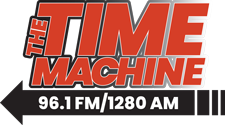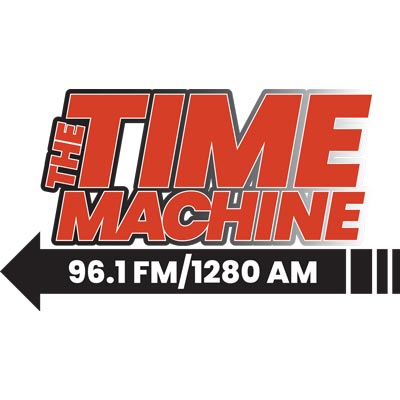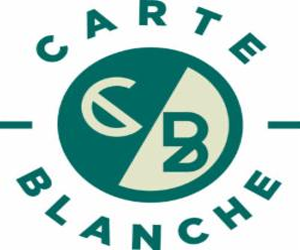The Federal Reserve is expected to deliver a 25bp rate cut this week.
If you’re like most Americans and you’re barely keeping up with your credit card bills, you’re not alone. The share of credit card balances that are past due reached the highest level ever in the first quarter of this year, according to data the Philadelphia Federal Reserve has tracked since 2012.
When the Federal Reserve’s key interest rate falls, borrowing costs for consumers also fall, influencing the cost of financing purchases with credit cards, car loans, and personal loans. Easing borrowing costs can be the difference between businesses choosing to hire new workers or invest in new projects.
But resilient economic growth has many commentators wondering: is Fed policy restrictive or will rate cuts bring inflation roaring back?
Monetary policy is termed “restrictive” when it sets interest rates high enough to dampen economic activity and curb inflation.
Both inflation and economic activity have been decelerating recently. According to the latest Bureau of Economic Analysis data, Real Gross Domestic Product (GDP) grew at an annual rate of 2.8% in the third quarter of 2024, down slightly from 3% in the second quarter. This economic resilience has largely been fueled by productivity gains – workers doing more with less – rather than robust job creation or expanded opportunities.
This is evident to more than just trained economists. Many American workers can feel their leverage at work dwindling fast. If you are employed in any sector outside of healthcare, you’re probably not considering asking your manager for a raise or promotion this year. Job mobility has slowed significantly. That is how most people can tell that Fed policy is restrictive.
Despite disruptions from strikes and hurricanes, which complicated October’s job data collection, the labor market continues to cool. Job growth has been trending downward, and both the unemployment rate at 4.1% and wage growth at 4% year-over-year have remained relatively unchanged. This is partly due to a continued decrease in job openings as well as the number of people actively seeking work.
To explain: When more people are looking for work relative to the available positions, the unemployment rate rises and wage growth slows. Conversely, when job seekers are fewer than open positions, unemployment declines, and wages rise. When job seekers and job openings increase or fall by the same magnitude, the unemployment rate and wage growth remain stable.
According to the Job Openings and Labor Turnover Survey, job openings have declined. The number of workers choosing to quit their current job in search of a better opportunity has also been falling, mostly because finding work has become increasingly more difficult. While government, healthcare, and construction sectors have seen relative stability, the manufacturing sector has struggled. Recent revisions indicate that employment in August and September was 112,000 lower on aggregate than initially reported.
It’s not all doom and gloom. Here’s why consumer confidence is improving and why I remain generally upbeat about 2025.
The worst of the inflation surge is behind us. Inflation has moderated substantially in the past two years. Lower energy prices are bolstering household finances and business balance sheets. Declining inflation also gives the Fed room to reduce interest rates, which should support the labor market. Layoffs remain low and are likely to stay that way.
Last month’s University of Michigan Survey of Consumers showed that 54% of consumers expect interest rates to decline over the next year, a level not seen since June 1980. Additionally, consumers expect the labor market will remain stable as a result.
While surface-level economic growth remains robust, the fragility of this labor market is a compelling reason for the Fed to consider another rate cut this week.
Elsewhere in the economy:
Factory orders are expected to remain in contraction territory.The ISM Services Purchasing Managers Index (PMI) will likely indicate a slowdown in service sector activity.Initial jobless claims are expected to remain steady, though continuing claims may edge higher due to slower hiring.Consumer sentiment is likely to continue its upward trend.







